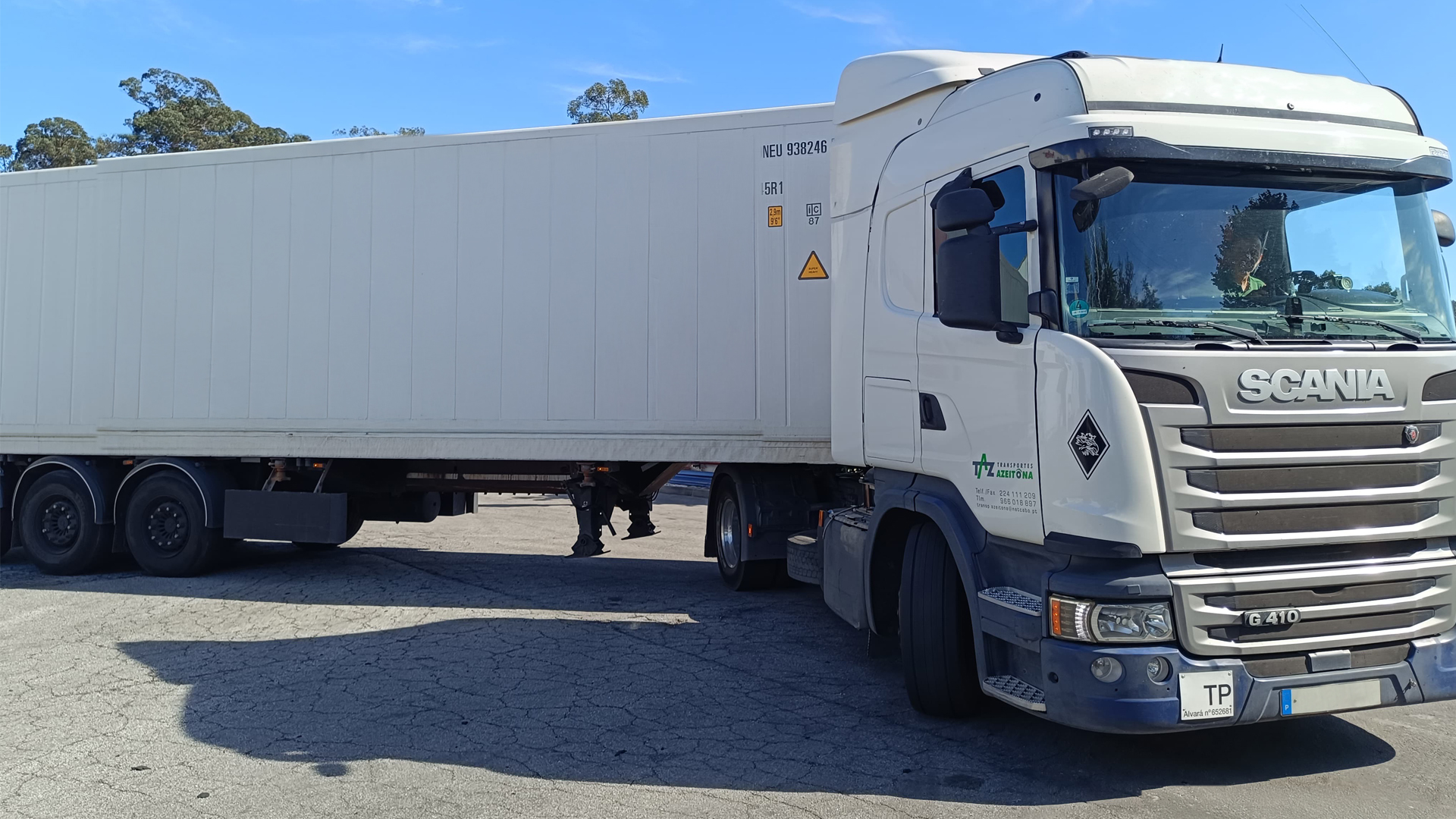Quality starts with temperature
Many people wonder how a frozen custard tart can taste just like the ones freshly baked in a traditional Portuguese pastry shop.
The answer lies in the cold chain – a carefully controlled process that preserves every tart from production to the moment it is baked and served.
What is the cold chain?
The cold chain is a set of storage, transport, and handling practices at controlled temperatures, designed to preserve sensitive foods.
For frozen pastries, this system ensures:
- Crispy puff pastry texture;
- Smooth cream without ice crystals;
- Food safety across all international markets.
Blast freezing: the secret to extended freshness
Unlike home freezing, blast freezing quickly reduces the tarts’ temperature to around -40 °C.
This rapid process forms microscopic ice crystals that do not damage the structure of the pastry or the custard.
The result: when baked, the product is just like fresh, with the same crunch, creaminess, and aroma.
Safe storage: keeping -18 °C at all times
After blast freezing, products are stored and transported at -18 °C or lower.
Any fluctuation can compromise quality. That’s why BY Foods follows strict monitoring protocols, including:
- Certified cold-storage chambers;
- Transport in refrigerated containers and trucks;
- Continuous temperature tracking, ensuring compliance with international standards.
Global logistics: how custard tarts travel worldwide
Exporting to more than 37 countries requires precise logistics.
The cold chain supports the journey from Portugal to markets as far as Japan, the US, or the Middle East.
- Sea or air freight in refrigerated containers;
- Local warehouses keeping frozen stock;
- Distribution to retail and HoReCa, without ever breaking the cold cycle.
This ensures that customers in Tokyo or London enjoy the exact same product as in Lisbon.
The consumer’s role: best practices at home
The cold chain doesn’t stop at the point of sale. At home, it’s important to follow simple steps:
- Always store at -18 °C;
- Do not refreeze once defrosted;
- Bake directly from frozen for best results.
These practices ensure the custard tart retains all its flavor and quality.
Why it matters
- Food safety: minimizing any risk of contamination.
- Sustainability: reducing waste by extending shelf life.
- Authenticity: bringing the true Portuguese flavor anywhere in the world.
The cold chain is more than just a technical requirement – it’s what makes a frozen custard tart always taste fresh.
Thanks to advanced blast freezing and a reliable global logistics network, every tart is perfect from oven to plate, wherever you are in the world.





